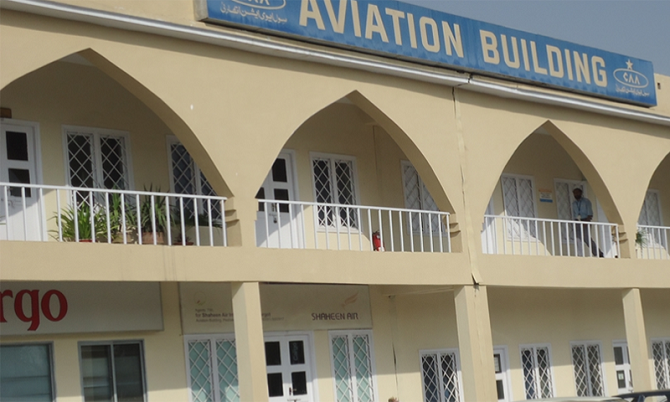
The government on Thursday bifurcated the Civil Aviation Authority (CAA), creating a separate Pakistan Airport Authority (PAA) in pursuant of a parliamentary decision, according to a notification issued by the aviation ministry.
The notification, which came into effect from Nov 10, said that both the authorities would work under separate heads – director generals.
The notification also sought details of the number of employees and assets for their allocation to the relevant authority.
According to the ministry, the matters pertaining to licensing, flight standards, air transport, airworthiness and regulatory departments will be part of the CAA, while commercial servicing, air traffic control, vigilance, air navigation, monitoring, renovation, communication departments of commercial airports will be part of the PAA.
The government’s segregation plan included outsourcing of different airports of the country in two phases — corporatisation of the airports in the first phase for attracting private investors and completion of this transaction in the second phase by involving the Privatisation Commission and appointing financial advisers and investment banking firms.
Read more: CAA to get $1.36b in upfront fee
The decision to segregate the CAA was taken by the government in view of the sensitivity of the operations and involvement of strategic assets — the airspace. Therefore, one entity will be entrusted with the job of regulatory functions while the other will develop and manage functions of the airports.
During one of the earlier meetings, apprehensions were expressed by the Ministry of Defence as well as Pakistan Air Force over the separate infrastructure for joint airspace management as they were of the opinion that it was not advisable in the national security interest.
But after going through the proposed law prepared by the CAA in this regard, the defence ministry suggested that only commercial operations of the airports should be outsourced while security and flight operations should remain intact under the monitoring of the state.
Read: CAA issues new air traffic directives
They had also suggested incorporation of a provision in the proposed law enabling the defence forces to take over airports in case of war, besides a security clearance from the premier intelligence agency—ISI—by making it prerequisite for those companies to which the operations at the airports would be outsourced.
The decision to set up two authorities was reached during one of the meetings of the cabinet committee in view of the fact that only six of the 44 airports were profitable.
The government had developed the National Aviation Policy 2019 to make the role of the CAA as a regulator completely independent of service providers with financial and administrative autonomy within a period of two years.
The decision also aims to achieve the objective of the organisational change of the regulator with minimal adverse collateral disadvantage.
Subsequently, the federal cabinet approved in principle the proposal for separation of CAA’s regulatory and service provider functions.
During one of the meetings, the Privatisation Commission had suggested that instead of making a single company for different airports, companies should be incorporated for each airport separately.




















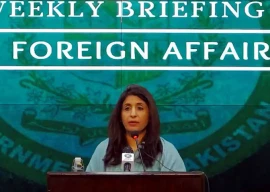

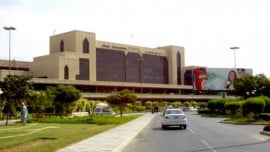

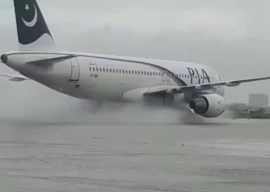
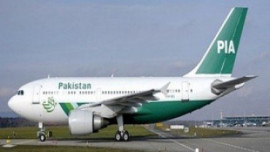

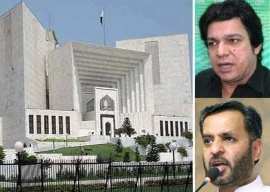









COMMENTS
Comments are moderated and generally will be posted if they are on-topic and not abusive.
For more information, please see our Comments FAQ